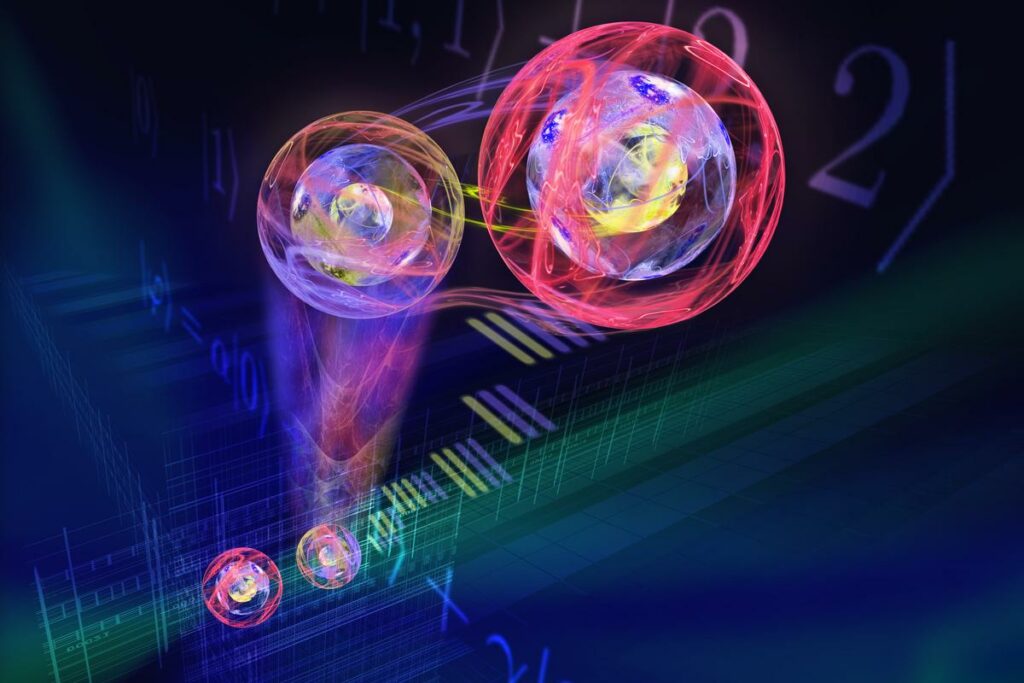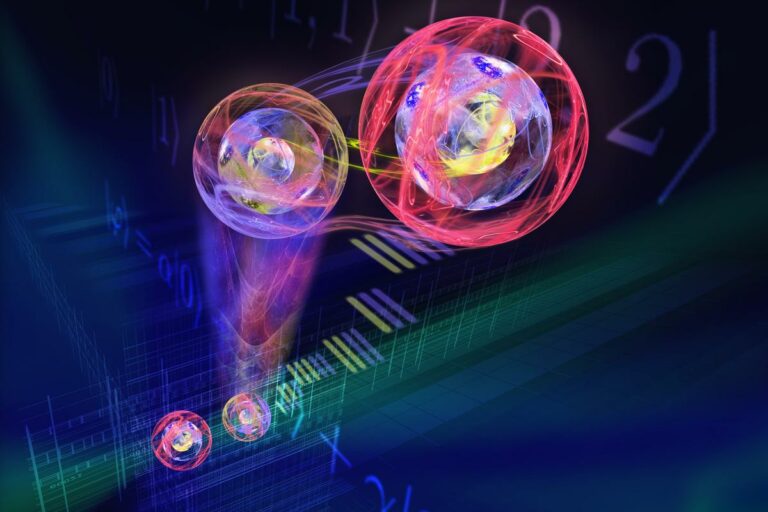Quantum Teleportation Achieves Tangible Application in Reality
Two distinct teams employed fiber optics networks to convey small units of information across cities through the phenomenon of quantum entanglement.

In a significant leap, two independent teams of scientists have transitioned quantum teleportation from the confines of the laboratory to real-world applications. Researchers in Calgary, Canada, and Hefei, China, successfully utilized existing fiber optics networks to transmit small units of information across cities through quantum entanglement, a phenomenon famously characterized by Einstein as “spooky action at a distance.”
Stepping Outside the Lab
As per the principles of quantum mechanics, certain objects such as photons or electrons can be entangled, meaning that the state of one instantaneously influences the other, regardless of their physical separation. Despite Einstein’s skepticism due to the apparent violation of the speed-of-light limit, numerous experiments have confirmed the existence of entanglement. The challenge, however, lies in translating this phenomenon into practical applications.
In a noteworthy breakthrough published in separate papers in Nature Photonics, two research teams—one in Calgary, Canada, and the other in Hefei, China—have successfully extended quantum teleportation from laboratory experiments to real-world scenarios. This achievement holds significant promise for advancements in communication and encryption technologies.
In both experiments, a message is encoded into a photon and transmitted to an intermediary location. At this juncture, the message is transferred to another photon entangled with one held by the intended recipient. Although this process erases the information in the initial photon, the entanglement facilitates the transmission of information to the receiver. The intermediary station measures the photon, generating a key—a decryption tool—that is sent over the internet. This key is then combined with the information in the entangled photon, unveiling the original message.
While the experiments were limited in the amount of information transmitted—17 photons per minute in the Calgary experiment—the breakthrough lies in successfully adapting quantum entanglement for real-world use. The Calgary team achieved this over a distance of approximately 4 miles, while the Hefei team covered nearly 9 miles. Despite differences in efficiency, both methods hold distinct advantages, likely serving as foundations for further research in quantum communication.
Beam Me Up Scotty?
This isn’t teleportation in the conventional “Star Trek” sense, where objects vanish from one location and appear in another. Instead, it involves the teleportation of information through quantum entanglement. The term “teleportation” is used because, during the process, the initial message is obliterated when the carrying photon is measured, and only the information is teleported to another location.
A significant challenge for both research teams was addressing the tendency of fiber optic cables to stretch and compress due to temperature fluctuations. While this may not be critical for regular telecommunications, it is crucial for quantum communication, where photons must arrive simultaneously. Both teams incorporated sophisticated data inputs to ensure that their photons maintained their original timing.
Although quantum teleportation over long distances has been achieved previously, notably in 2012 when Austrian researchers sent information nearly 90 miles between two Canary Islands using lasers, the application of lasers can be vulnerable to environmental disruptions. In contrast, the internet relies on a network of fiber optic cables due to their reliability.
The primary application of quantum teleportation is anticipated to be in information encryption. Because the entangled photons communicate with each other, outsiders cannot intercept and decipher the messages. To decrypt a message, one would require the key sent over the internet. Even if intercepted, having the key alone would only provide half of the puzzle, requiring access to the entangled photons for complete decoding.
This article is republished from DiscoverMagazine under a Creative Commons license. Read the original article.
Do not forget to share your opinion with us to provide you with the best posts !




0 Comments